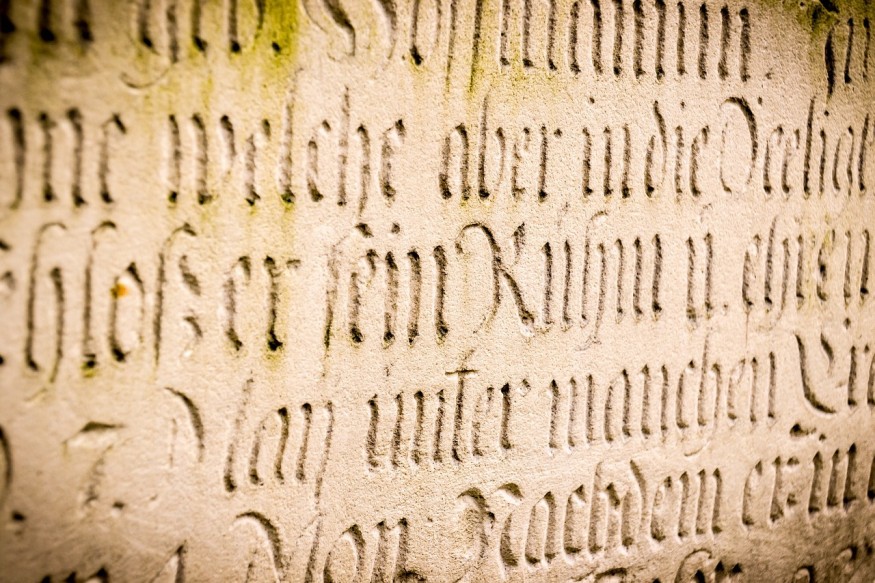
A breastplate that dates back over a millennium was found in a ruined fortress in Bulgaria. This artifact could contain one of the oldest known Cyrillic texts ever found.
Breastplate Inscription
According to archaeologist Ivailo Kanev, who is the excavation leader at the National Museum of Bulgaria, the inscriptions were embedded over a plate of lead that was worn over the chest. Kanev notes that it may have been worn to protect the wearer from evil and trouble, Live Science reports.
BNR Bulgaria notes that the inscription was initially invisible. It was only observed when the expedition's photographer documented the artifact. It was also only after several months that the artifact was established to be an amulet.
Kanev explains that the text mentions two supplicants, Dimitar and Pavel, as Live Science notes. Both of them remain unknown, but Kanex thinks that Dimitar could have joined the garrison, settled within the fortress, and been related to Pavel.
The text dates back all the way to Tsar Simeon's (Simeon the Great) time. As per Kanev, he reigned over the Bulgarian Empire from 893 to 927 during what is called the Golden Age of Tsar Simeon I, BTA Bulgaria reports. During this period, the tsar was able to expand the empire and deploy campaigns against the Byzantines.
1,100-year-old breastplate to ward off evil may contain the oldest Cyrillic writing ever found https://t.co/NchzKYiSN8
— All About History (@AboutHistoryMag) May 20, 2023
Cyrillic Texts
The inscriptions used the Cyrillic writing system, which was commonly used for Russian and other Eurasian languages. Live Science adds that it was developed in the Middle Ages. Britannica notes that modern Cyrillic alphabets, including Bulgarian, Ukrainian, Serbian, and Russian, have incorporated modifications from the original writing system.
The Bulgaria Post English also adds that, considering how the letters were written and where the inscription was situated within the fortress, the researcher thinks that the text could have entered the fortress between years 916 and 927. A military garrison in Bulgaria may have brought it inside.
Before this artifact was found, the oldest known evidence of Cyrillic texts dated to 921. Now, this newly found text could considerably be one of the oldest ones ever spotted.
Kanev plans to publish an in-depth description of both the fortress and the inscription in the future.
Researcher Yavor Miltenov, who is from Bulgarian Academy of Sciences' Institute for Bulgarian Language and who did not participate in the excavation, explains that though the finding is vital, it is important to urge caution. Miltenov notes that the artifact is interesting and worth the aroused interest, but it is necessary to see the inscription's full publication and discovery context to be certain in concluding its date.
RELATED ARTICLE : 1,100-Year-old Hebrew Bible Is Estimated To Be Sold at $50 Million at Auction in May, Dubbed as the Most Valuable Historical Document Ever Sold
Check out more news and information on Archaeology in Science Times.
© 2026 ScienceTimes.com All rights reserved. Do not reproduce without permission. The window to the world of Science Times.











